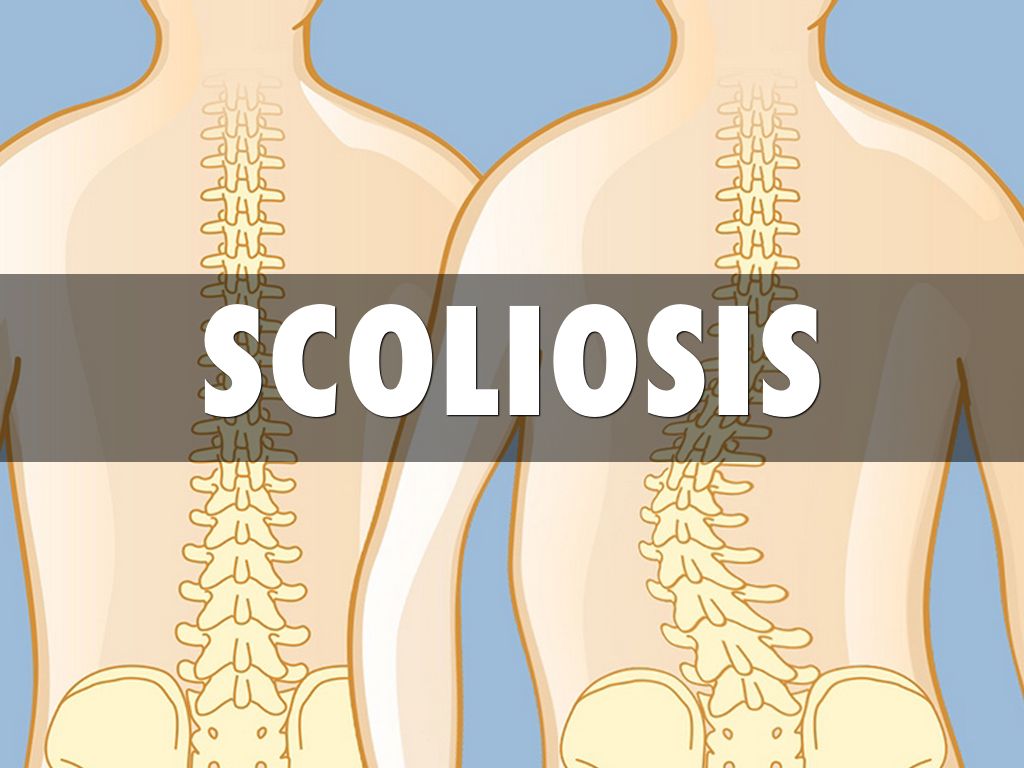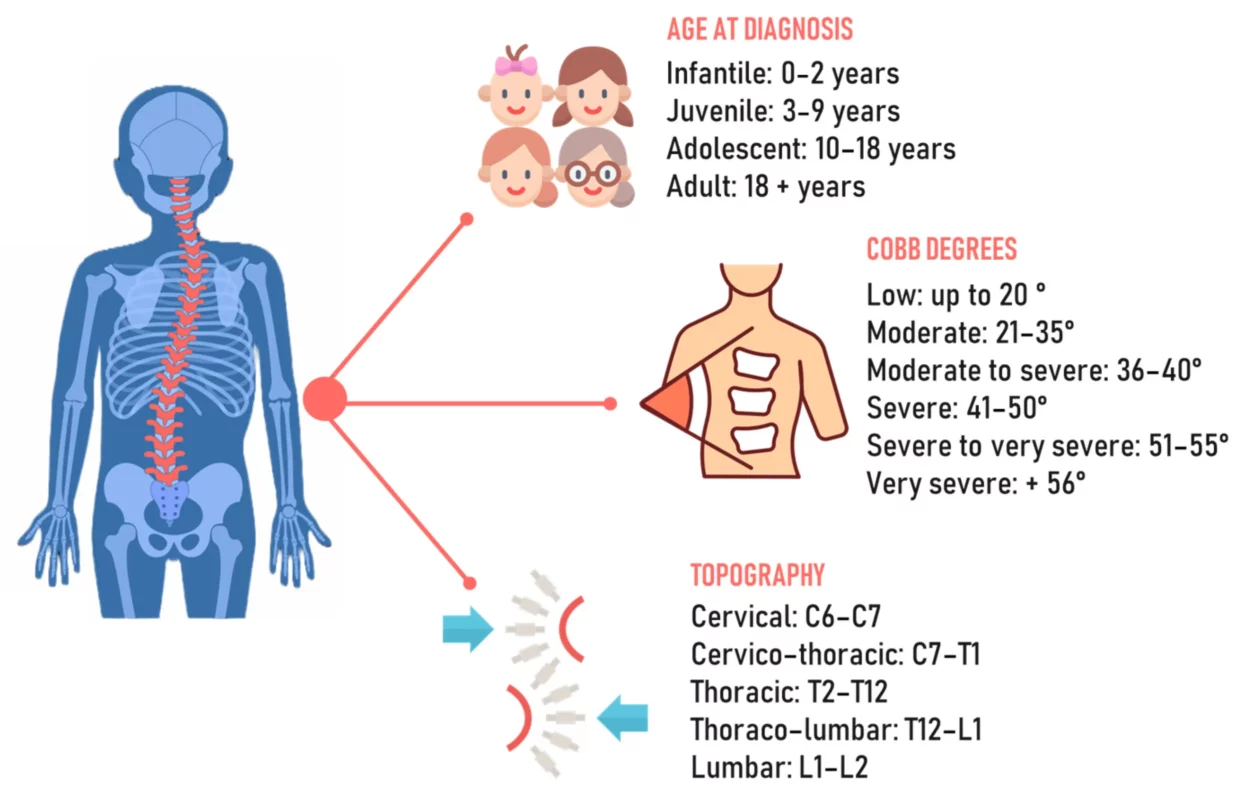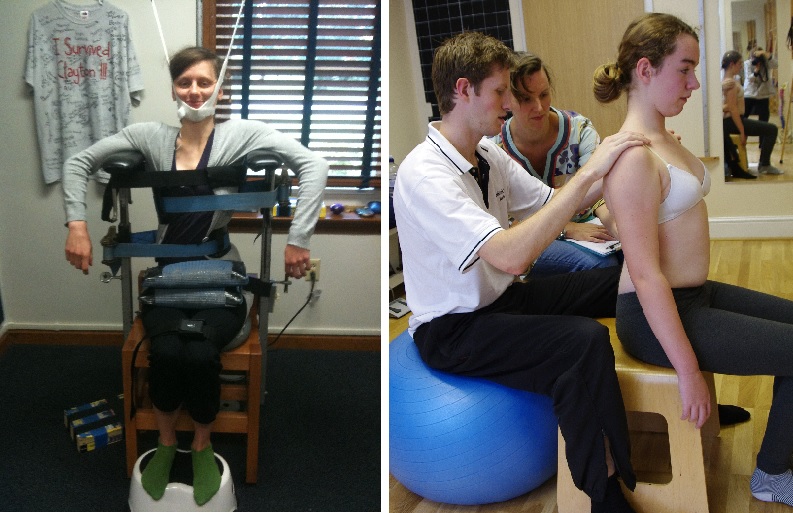Scoliosis is a condition characterized by an abnormal curvature of the spine, which can lead to pain, discomfort, and functional limitations. Traditional approaches to scoliosis treatment often involve invasive procedures, such as surgery or bracing, which may have limited effectiveness and potential side effects. However, a comprehensive and holistic approach known as Clear Scoliosis Treatment has emerged as a promising alternative. This article will explore the various aspects of Clear Scoliosis Treatment, including its techniques, benefits, and success stories.

Skoliose verstehen: Ursachen, Symptome und Diagnose
Before delving into Clear Scoliosis Treatment, it is important to understand the causes, symptoms, and diagnosis of scoliosis. Scoliosis can be caused by various factors, including genetic predisposition, neuromuscular conditions, or idiopathic reasons. Common symptoms of scoliosis include an abnormal curvature of the spine, uneven shoulders or hips, and back pain. Diagnosis typically involves a physical examination, X-rays, and sometimes additional imaging tests.

Traditional Approaches to Scoliosis Treatment
Traditional approaches to scoliosis treatment often involve a one-size-fits-all approach, focusing primarily on managing symptoms rather than addressing the underlying causes. These approaches may include observation, bracing, or surgery. While these methods can provide temporary relief, they often fail to correct the curvature and may have limitations in terms of long-term outcomes and potential side effects.
The Limitations of Traditional Treatments
One of the main limitations of traditional scoliosis treatments is their focus on symptom management rather than addressing the root cause of the condition. For example, bracing is commonly used to prevent further progression of the curvature, but it does not correct the existing curvature. Additionally, surgery is often considered a last resort due to its invasive nature and potential risks.
The Clear Scoliosis Treatment Approach: An Overview
Clear Scoliosis Treatment takes a comprehensive and individualized approach to scoliosis management. It aims to correct the curvature of the spine, improve function, and alleviate pain through a combination of techniques, including spinal adjustments, rehabilitation exercises, bracing, nutritional support, and emotional and psychological support. This approach recognizes that scoliosis is a complex condition that requires a multifaceted treatment plan.
Clear Scoliosis Treatment Techniques: Spinal Adjustments and Manipulations
Spinal adjustments and manipulations are a key component of Clear Scoliosis Treatment. These techniques involve the use of gentle and specific adjustments to the spine to correct misalignments and improve spinal function. By restoring proper alignment, spinal adjustments can help reduce pain, improve mobility, and promote optimal spinal health.
Clear Scoliosis Treatment Techniques: Rehabilitation and Exercise Programs
Rehabilitation and exercise programs play a crucial role in Clear Scoliosis Treatment. These programs are designed to strengthen the muscles surrounding the spine, improve flexibility, and enhance overall posture. By targeting specific muscle imbalances and weaknesses, rehabilitation and exercise programs can help stabilize the spine and prevent further progression of the curvature.

Clear Scoliosis Treatment Techniques: Bracing and Orthotics
Bracing and orthotics are often used in Clear Scoliosis Treatment to support the spine and promote proper alignment. Unlike traditional braces, which aim to prevent further progression of the curvature, Clear Scoliosis Treatment braces are custom-made and designed to actively correct the curvature. These braces are typically worn for a specific period of time and are adjusted regularly to accommodate changes in the spine.
Clear Scoliosis Treatment Techniques: Nutritional Support and Supplementation
Nutritional support and supplementation are important aspects of Clear Scoliosis Treatment. A well-balanced diet rich in essential nutrients, such as calcium, vitamin D, and magnesium, can support bone health and promote optimal spinal function. Additionally, certain supplements, such as omega-3 fatty acids and antioxidants, may have anti-inflammatory properties and aid in the healing process.
Clear Scoliosis Treatment Techniques: Emotional and Psychological Support
Emotional and psychological support are integral components of Clear Scoliosis Treatment. Living with scoliosis can be emotionally challenging, especially for adolescents. Clear Scoliosis Treatment recognizes the importance of addressing the psychological impact of scoliosis and provides counseling and support to help patients cope with the emotional aspects of the condition.
Case Studies: Success Stories of Clear Scoliosis Treatment
Clear Scoliosis Treatment has shown promising results in numerous case studies. For example, a study published in the Journal of Chiropractic Medicine reported significant improvements in pain, function, and quality of life in patients who underwent Clear Scoliosis Treatment. These success stories highlight the potential of this comprehensive approach in achieving clear and positive outcomes in scoliosis treatment.
Conclusion: The Future of Clear Scoliosis Treatment
Clear Scoliosis Treatment offers a comprehensive and holistic approach to scoliosis management, addressing the underlying causes of the condition and promoting optimal spinal health. By combining various techniques, such as spinal adjustments, rehabilitation exercises, bracing, nutritional support, and emotional and psychological support, Clear Scoliosis Treatment aims to achieve clear and positive outcomes in scoliosis treatment. As more research is conducted and awareness grows, the future of Clear Scoliosis Treatment looks promising, offering hope to individuals living with scoliosis.
Referenzen
- Hresko MT. “Clinical practice. Idiopathic scoliosis in adolescents.” N Engl J Med. 2013;368(9):834-841. doi: 10.1056/NEJMcp1209063.
- Weinstein SL, Dolan LA, Cheng JC, et al. "Idiopathische Skoliose bei Jugendlichen". Lancet. 2008;371(9623):1527-1537. doi: 10.1016/S0140-6736(08)60658-3.
- Negrini S, Donzelli S, Aulisa AG, et al. “2016 SOSORT guidelines: Orthopaedic and rehabilitation treatment of idiopathic scoliosis during growth.” Skoliose und Wirbelsäulenbeschwerden. 2018;13:3. doi: 10.1186/s13013-018-0175-8.
- Trobisch P, Suess O, Schwab F. “Idiopathic scoliosis.” Dtsch Arztebl Int. 2010;107(49):875-883. doi: 10.3238/arztebl.2010.0875.
- Bettany-Saltikov J, Weiss HR, Chockalingam N, et al. “Surgical versus non-surgical interventions in people with adolescent idiopathic scoliosis.” Cochrane Datenbank Syst Rev. 2015;2015(4). doi: 10.1002/14651858.CD010663.pub2.
- Lonstein JE, Carlson JM. "Die Vorhersage der Kurvenprogression bei unbehandelter idiopathischer Skoliose während des Wachstums". J Bone Joint Surg Am. 1984;66(7):1061-1071. doi: 10.2106/00004623-198466070-00008.
- Kaspiris A, Grivas TB, Weiss HR, Turnbull D. “Scoliosis: Review of diagnosis and treatment.” Internationale Zeitschrift für Orthopädie. 2013;37(1):34-42. doi: 10.1038/s41390-020-1047-9.
- Monticone A, Ambrosini E, Cazzaniga D, Rocca B, Ferrante S. “Effectiveness of a specific exercise program for the treatment of adolescent idiopathic scoliosis: A multicenter, randomized controlled trial.” Europäische Wirbelsäulenzeitschrift. 2016;25(3):765-773. doi: 10.1007/s00586-015-4126-4.

